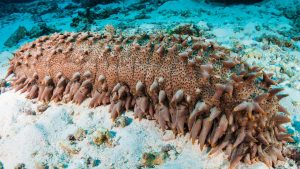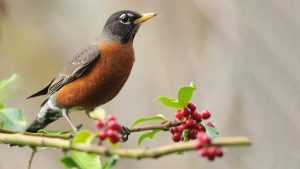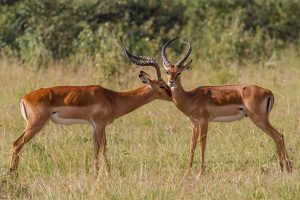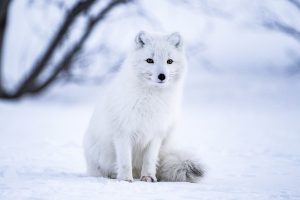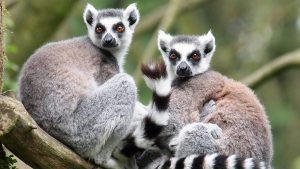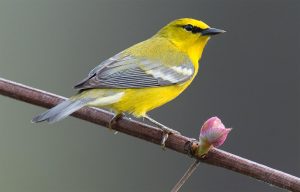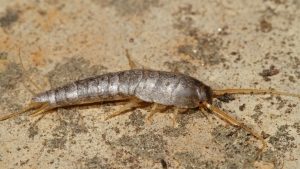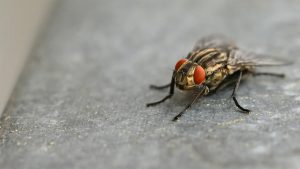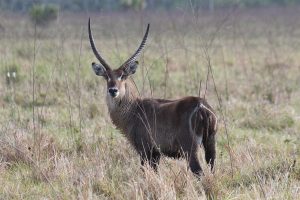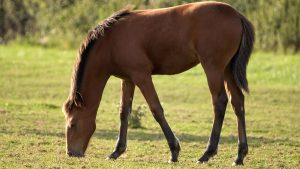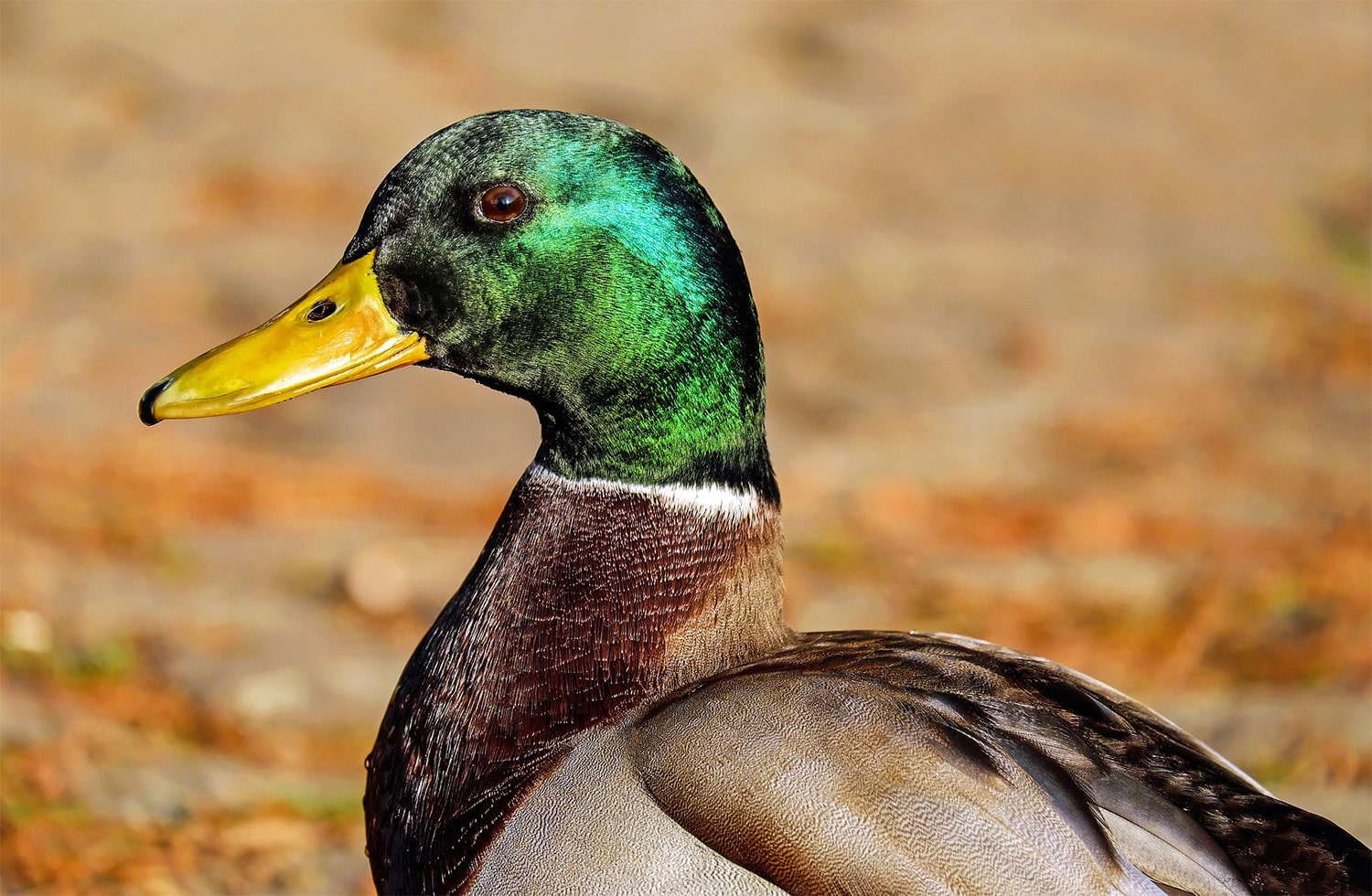
31 interesting facts about mallards
- 👁️ 1174
Mallards are perhaps one of the most recognizable and widespread species of wild ducks found across the globe. These birds are not only a familiar sight in ponds, lakes, and marshes but also play a significant role in the biodiversity of aquatic ecosystems. With their distinctive coloring, mallards have captivated bird watchers and nature enthusiasts for centuries. Beyond their striking appearance, mallards exhibit fascinating behaviors and adaptabilities that have enabled them to thrive in both wild and urban environments. Let’s dive into some interesting and informative facts about mallards that showcase their unique characteristics and contributions to our understanding of avian life.
- Mallards (Anas platyrhynchos) are medium-sized waterfowl that belong to the family Anatidae.
- Male mallards are known for their bright green heads, while females have mottled brown plumage, which provides camouflage.
- They are found in a wide range of habitats, including wetlands, marshes, ponds, rivers, and even urban parks worldwide.
- Mallards are highly adaptable and can migrate long distances to find suitable wintering sites.
- These ducks are omnivorous, feeding on a diet of aquatic plants, small fish, insects, and grains.
- Mallards are known for their distinctive “quacking” sound, which is more commonly made by females.
- They play a crucial role in their ecosystems as seed dispersers and as prey for larger predators.
- Mallards typically form monogamous pairs during the breeding season, which occurs in the spring.
- Females lay an average of 8 to 13 eggs per clutch in a nest made of grass and lined with down.
- The incubation period for mallard eggs is about 28 days, during which the female alone incubates the eggs while the male guards the territory.
- Ducklings are precocial, meaning they are born with their eyes open and are capable of leaving the nest within a day of hatching.
- Mallards have been known to hybridize with other duck species, which can lead to a wide variety of plumage colors and patterns.
- The average lifespan of a mallard in the wild is 5 to 10 years, though some have lived longer in protected environments.
- They are capable of flying at speeds of up to 55 miles per hour (88 kilometers per hour).
- Mallards are often the subject of conservation efforts due to their importance in hunting and their role in wetland ecosystems.
- The male mallard’s bright green head is a result of iridescent feathering, which changes color depending on the viewing angle.
- After the breeding season, male mallards molt and lose their colorful plumage, adopting a more camouflaged look similar to females.
- This period of molting renders them temporarily flightless and more vulnerable to predators.
- Mallards have been domesticated for hundreds of years and have contributed to the genetic lineage of many domestic duck breeds.
- The practice of feeding bread to mallards in urban parks, while popular, is discouraged by wildlife experts as it can lead to poor nutrition and environmental issues.
- Mallards are one of the most extensively researched bird species, contributing significantly to ornithological knowledge.
- They are known for their remarkable ability to navigate back to their birthplaces to breed.
- Mallards can dive and swim underwater to escape predators or to forage for food.
- During migration, mallards can travel in large flocks that number in the thousands.
- The oldest recorded mallard was a male who lived to be 27 years old.
- In many cultures, mallards are symbols of fidelity and partnership due to their mating behaviors.
- Mallard populations are considered a key indicator of wetland health.
- They have a unique courtship display that includes head-bobbing, grunting, and feather preening.
- Climate change impacts the timing of mallard migration and breeding, which can affect their survival and reproduction rates.
- Urbanization has led to increased interactions between mallards and humans, influencing their behavior and distribution.
- Conservation efforts for mallards include habitat restoration, hunting regulations, and research on their migration patterns.
Mallards are not just common ducks; they are a testament to the complexity and resilience of nature. Through their wide distribution, diverse behaviors, and ecological significance, mallards continue to intrigue and educate us about the natural world. Their presence in both wild and urban areas serves as a reminder of the interconnectedness of ecosystems and the importance of conservation efforts to ensure the survival of species and habitats. As we learn more about mallards, we gain insights into the broader environmental challenges and opportunities facing our planet.
